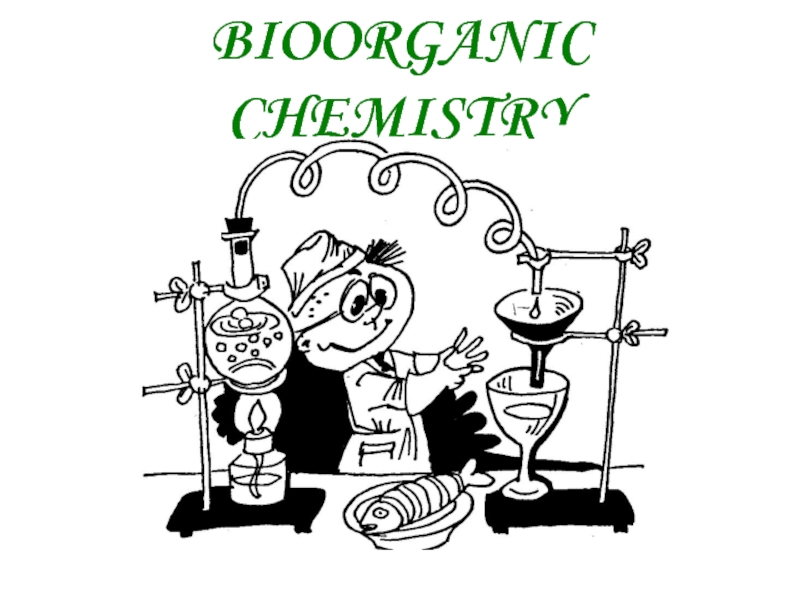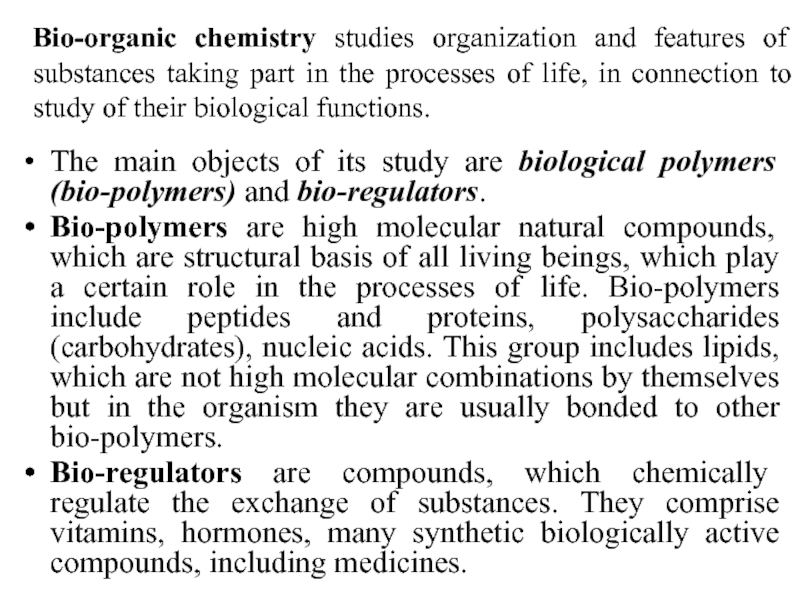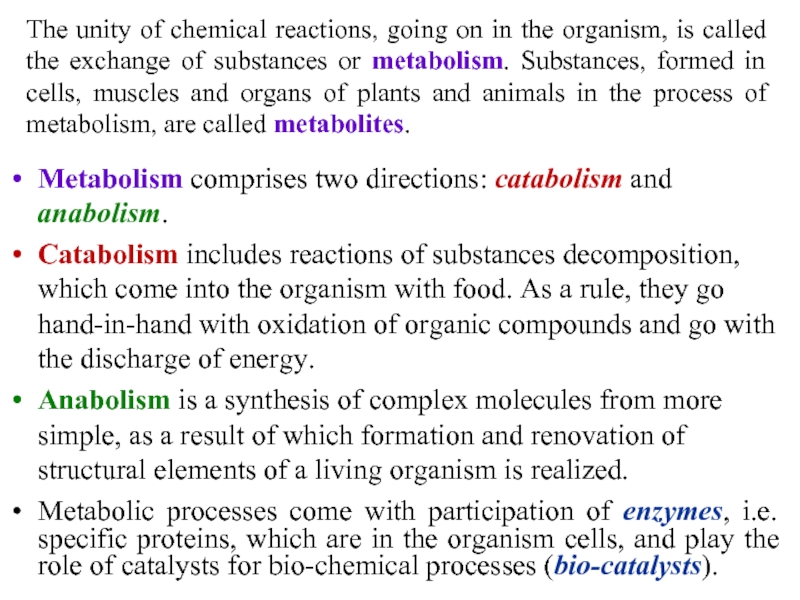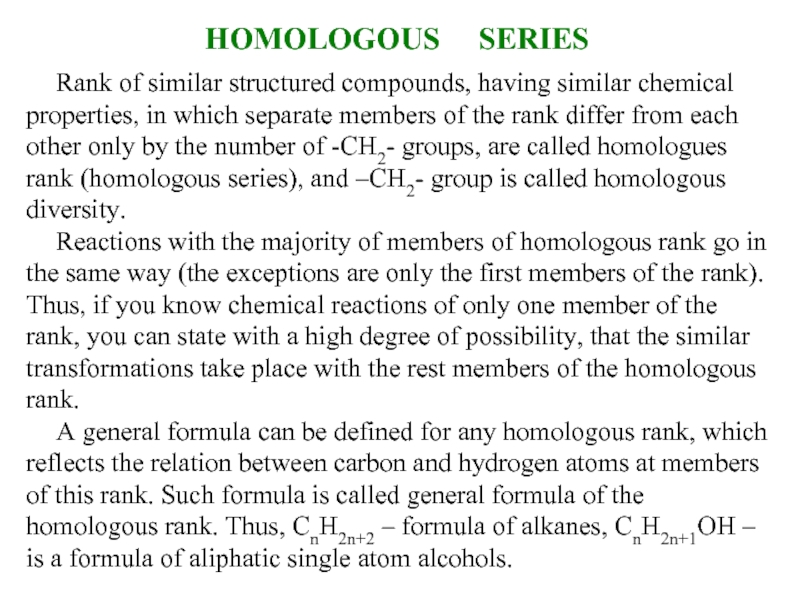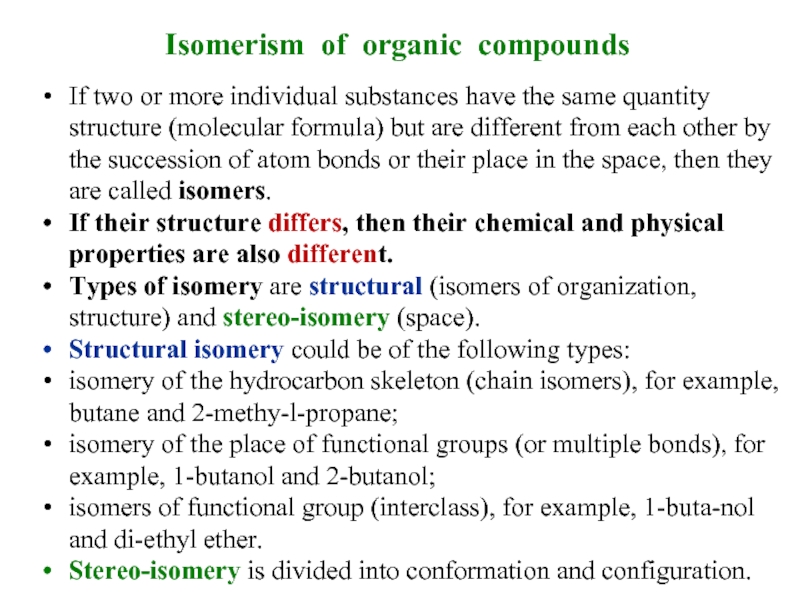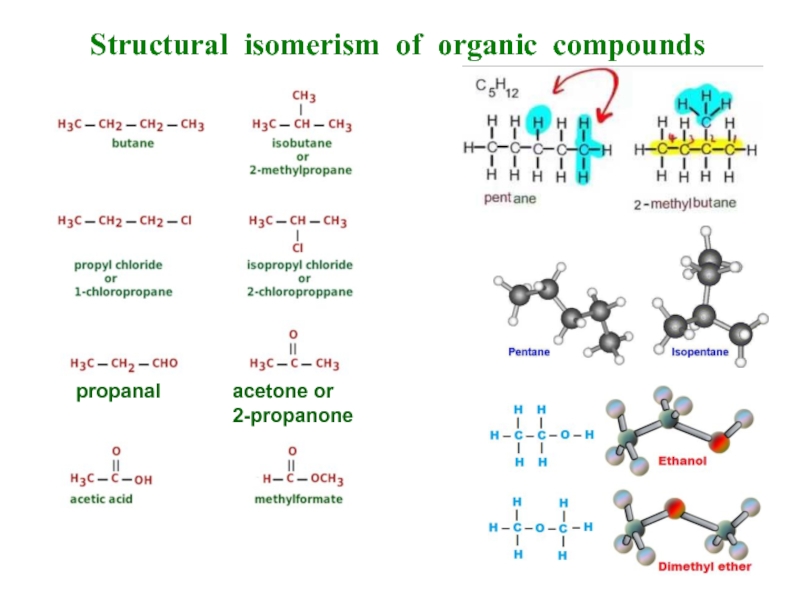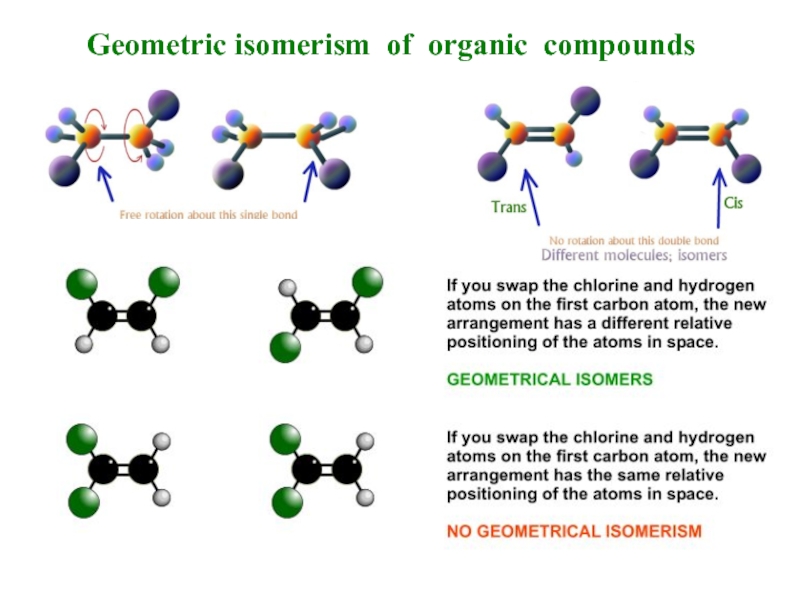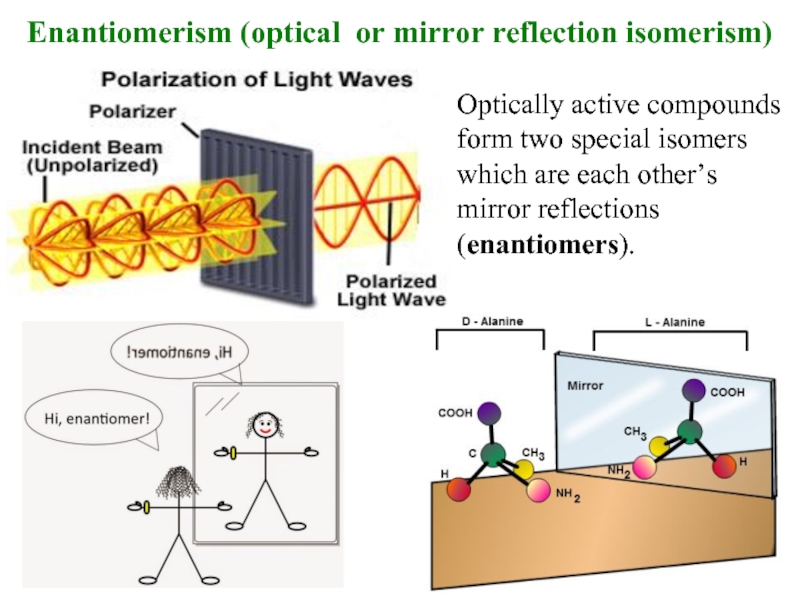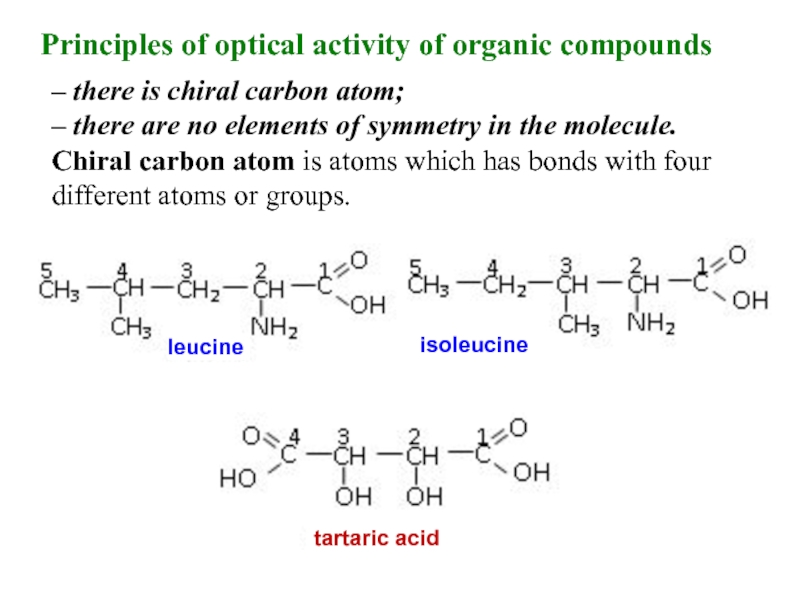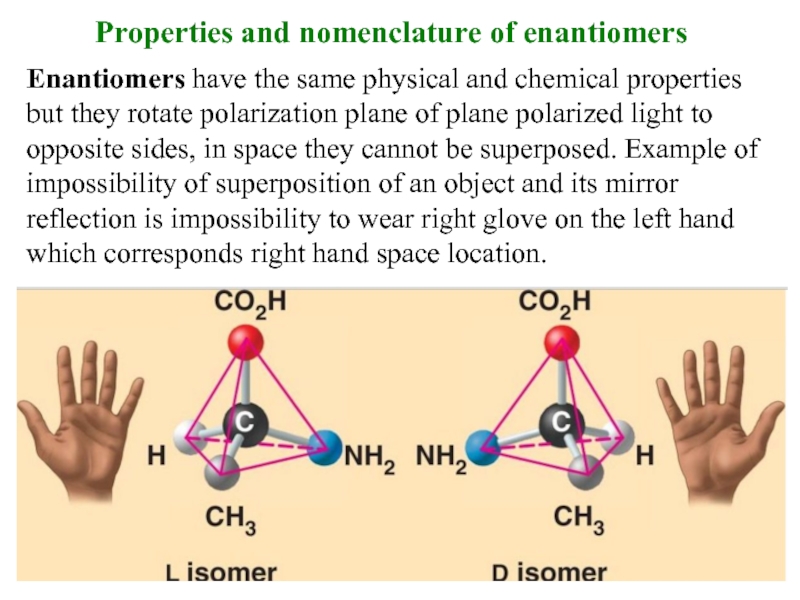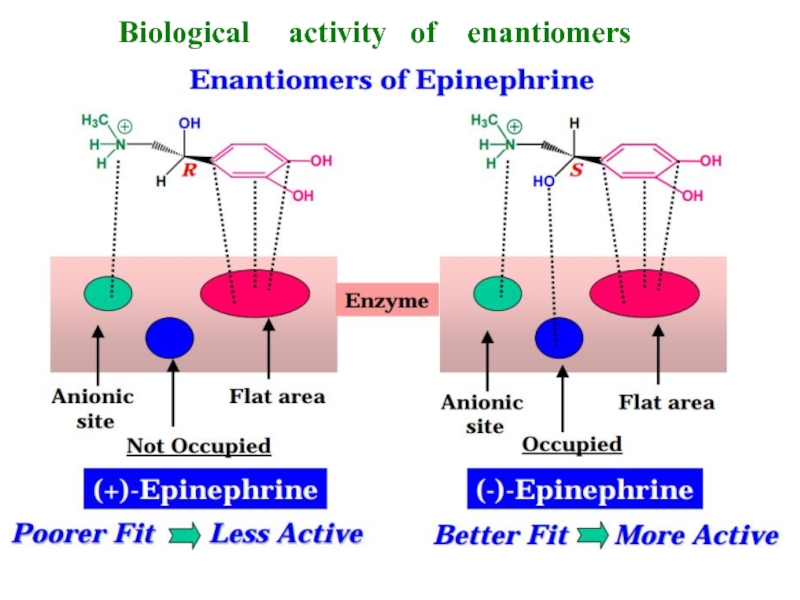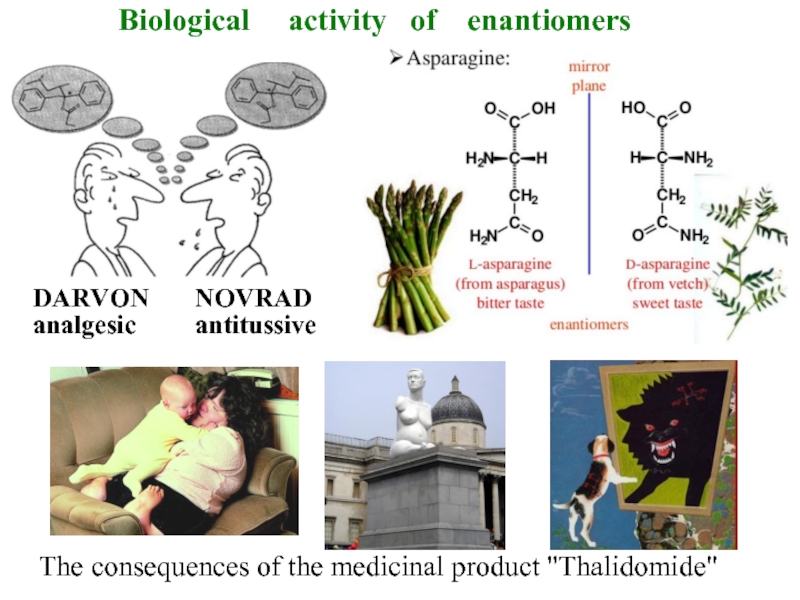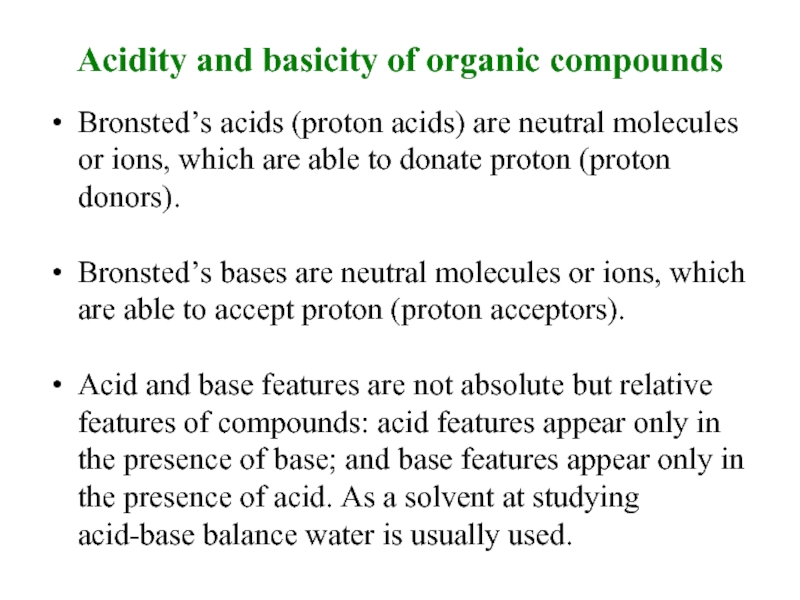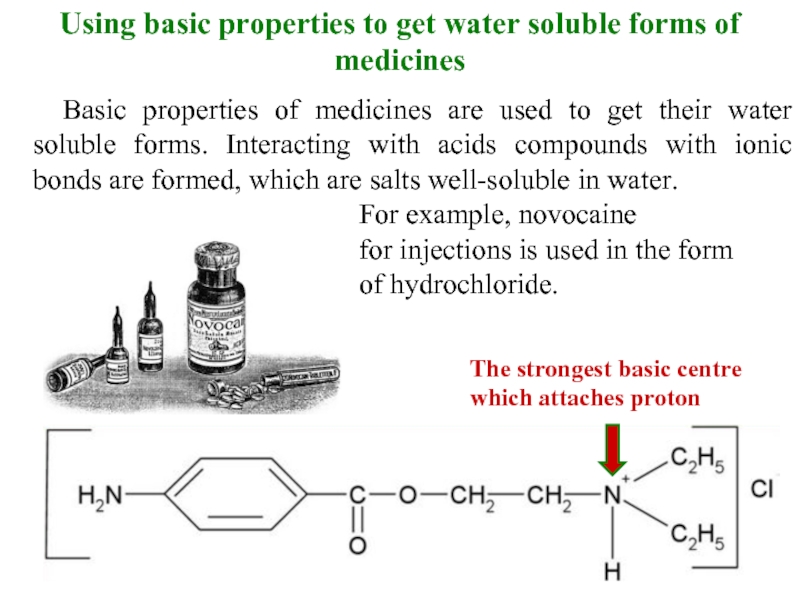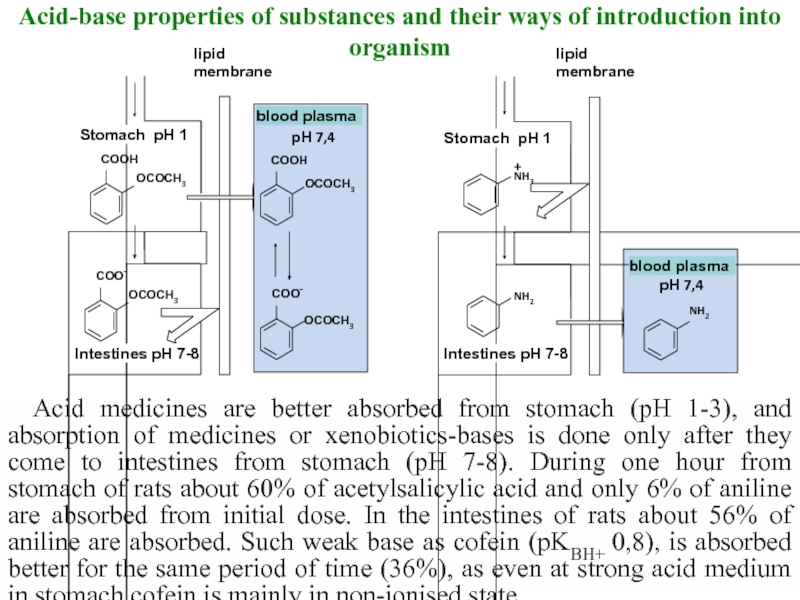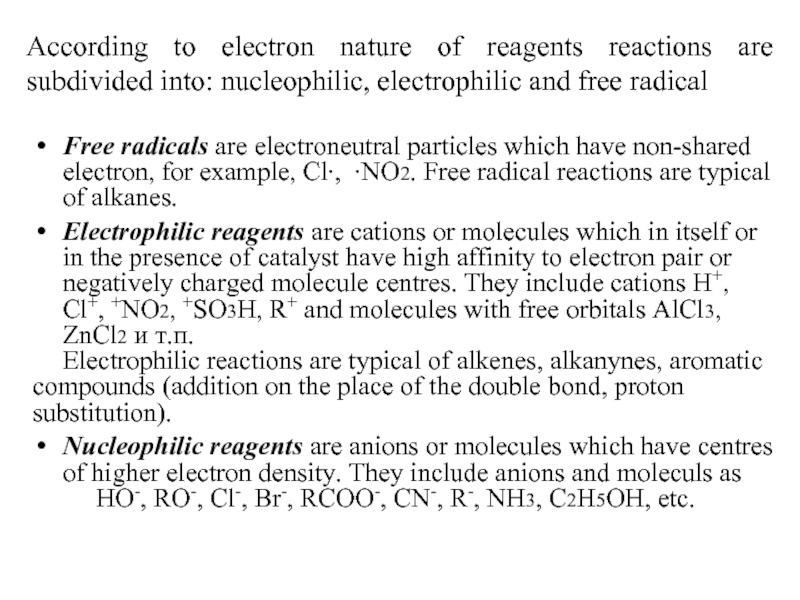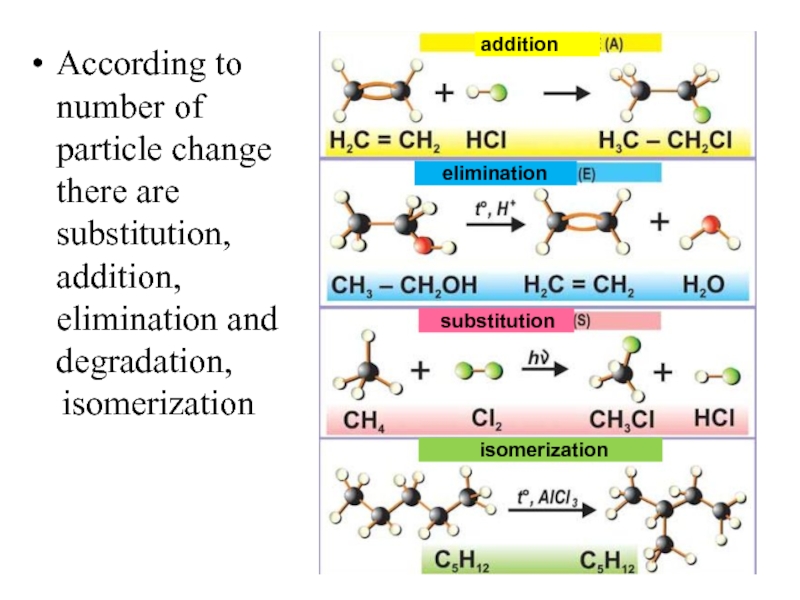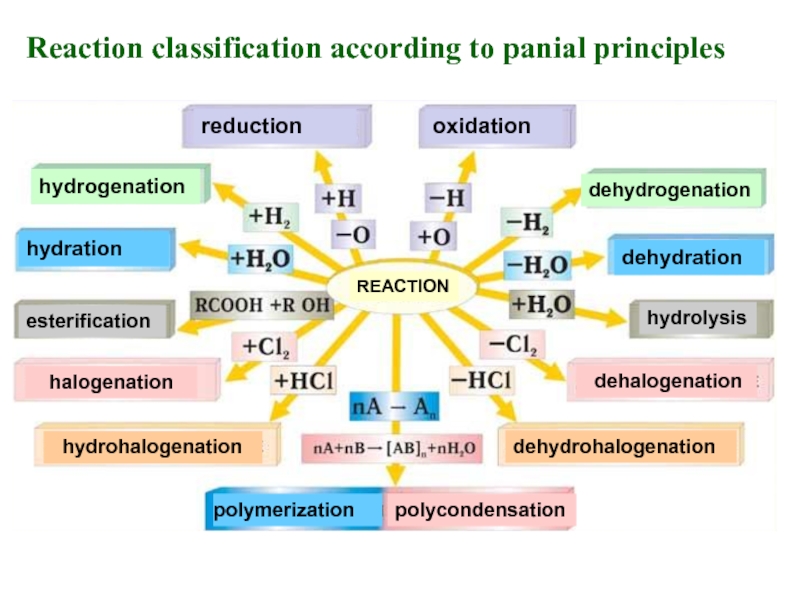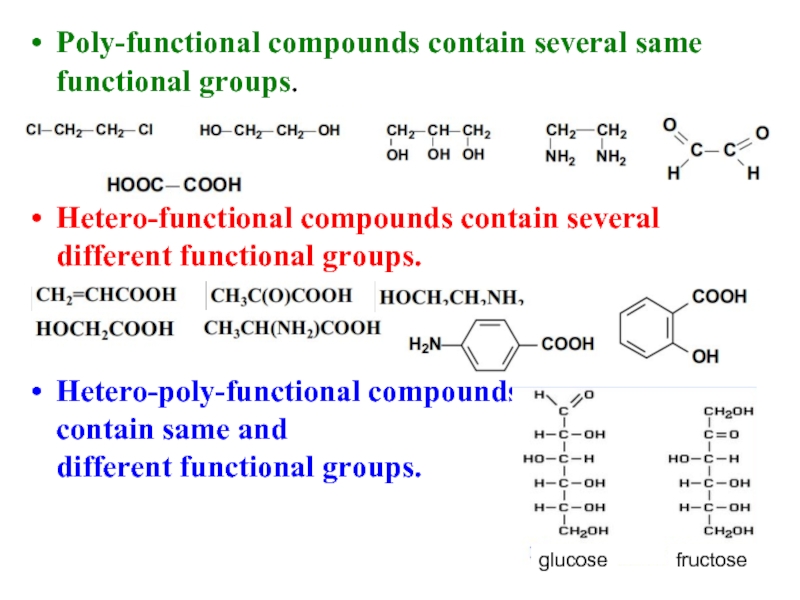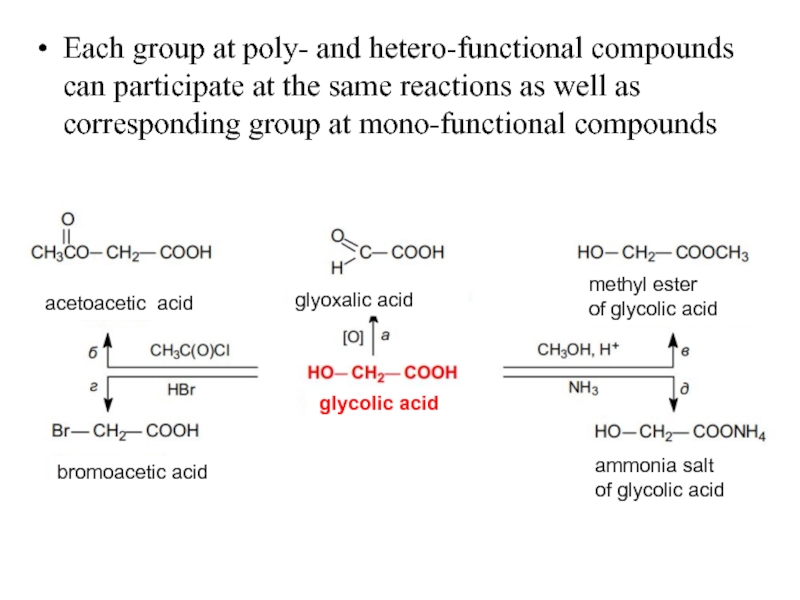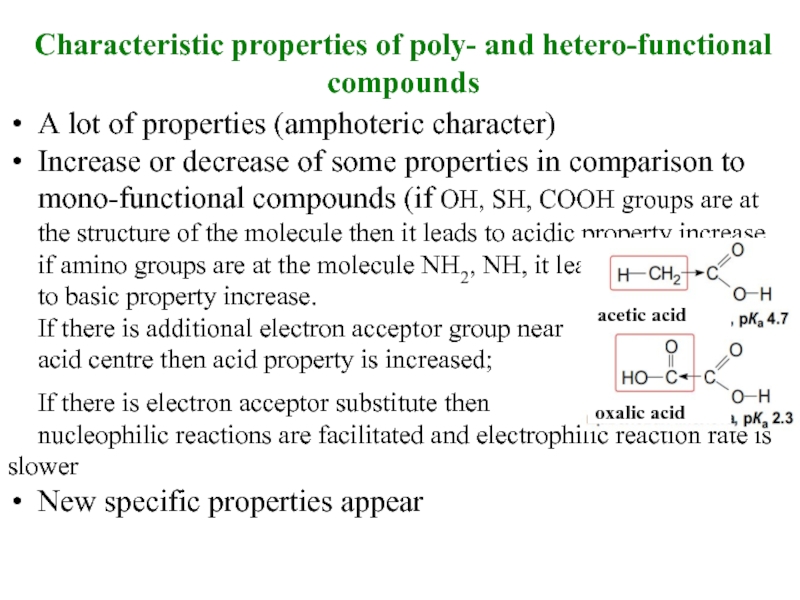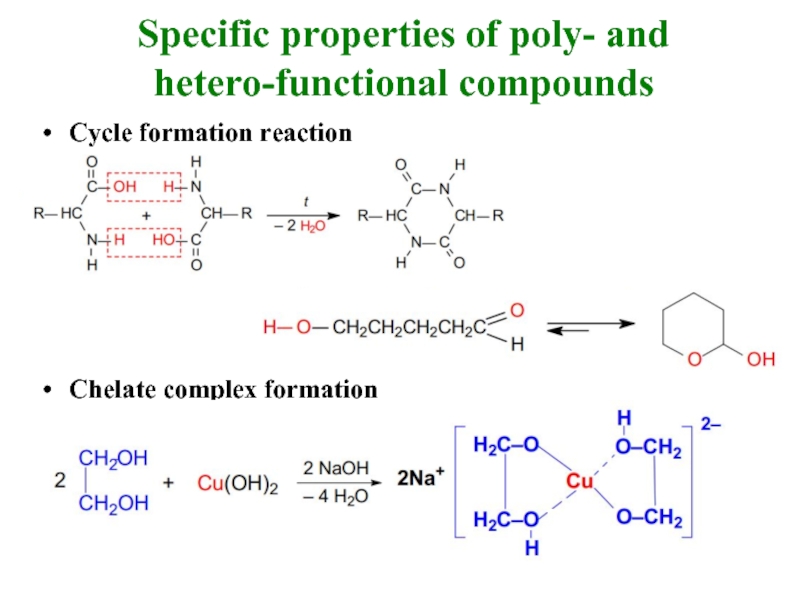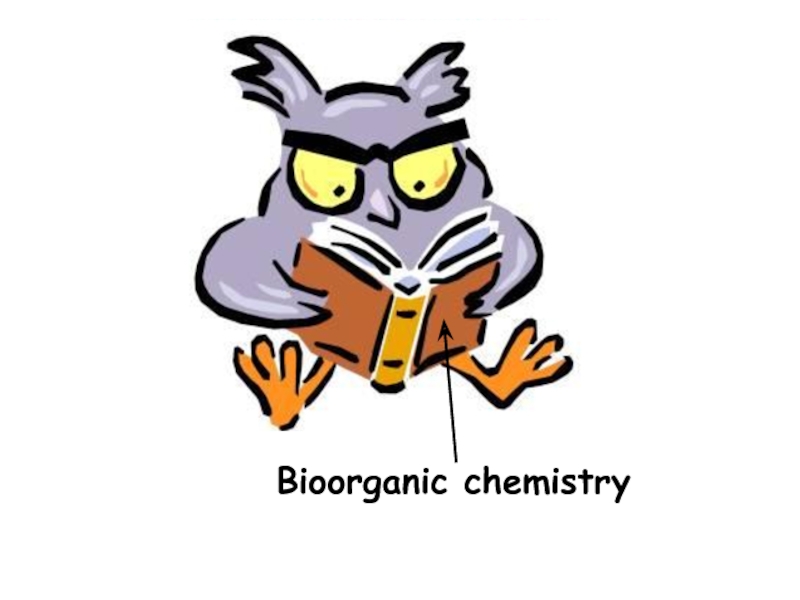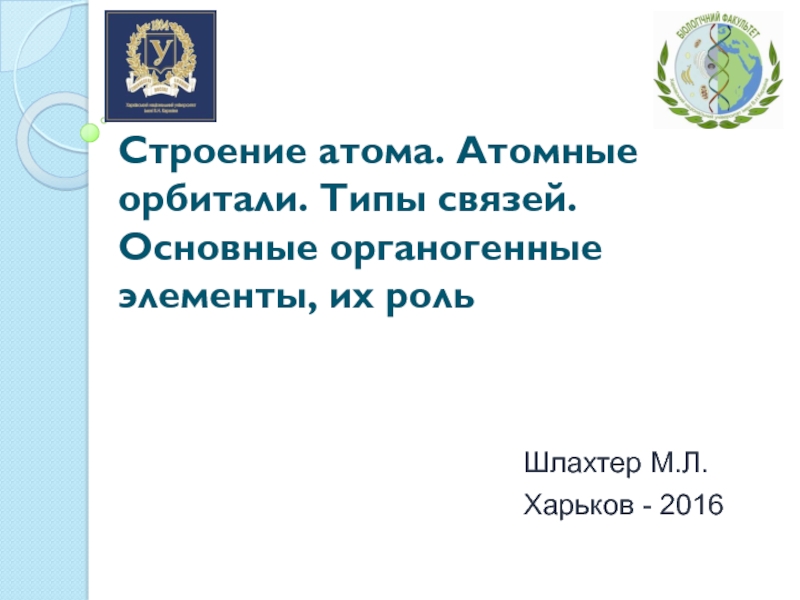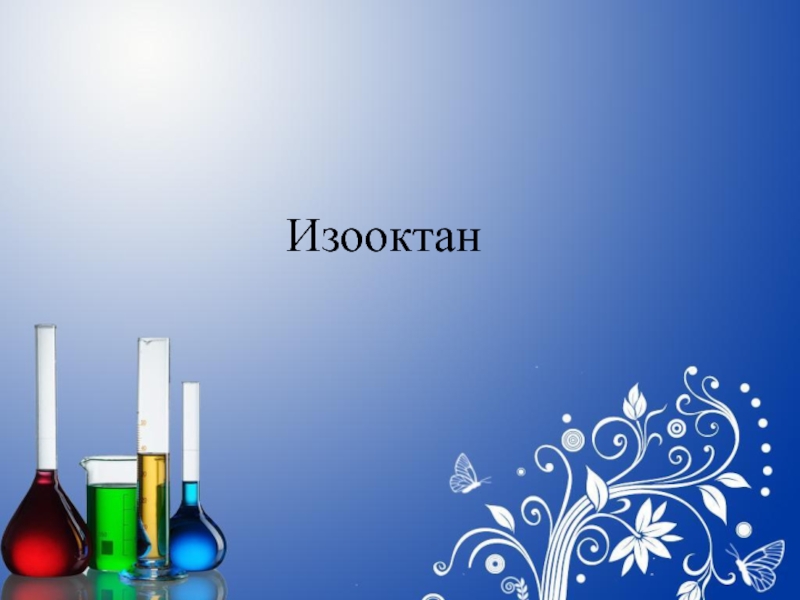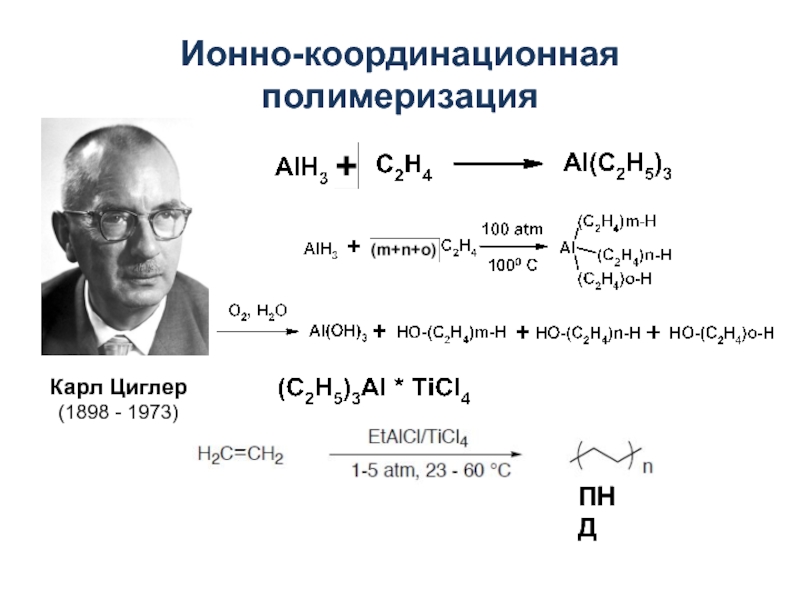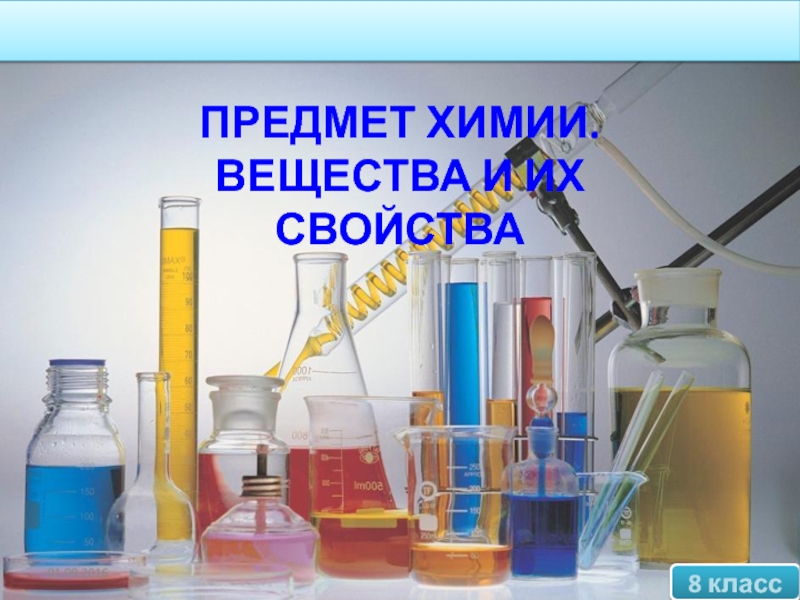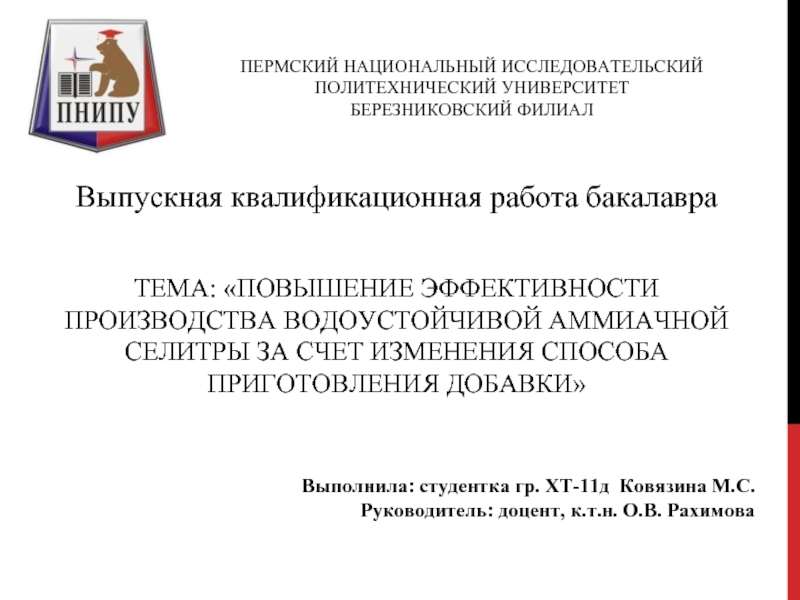- Главная
- Разное
- Дизайн
- Бизнес и предпринимательство
- Аналитика
- Образование
- Развлечения
- Красота и здоровье
- Финансы
- Государство
- Путешествия
- Спорт
- Недвижимость
- Армия
- Графика
- Культурология
- Еда и кулинария
- Лингвистика
- Английский язык
- Астрономия
- Алгебра
- Биология
- География
- Детские презентации
- Информатика
- История
- Литература
- Маркетинг
- Математика
- Медицина
- Менеджмент
- Музыка
- МХК
- Немецкий язык
- ОБЖ
- Обществознание
- Окружающий мир
- Педагогика
- Русский язык
- Технология
- Физика
- Философия
- Химия
- Шаблоны, картинки для презентаций
- Экология
- Экономика
- Юриспруденция
Bioorganic chemistry презентация
Содержание
- 1. Bioorganic chemistry
- 2. Bio-organic chemistry studies organization and features of
- 3. The unity of chemical reactions, going on
- 4. HOMOLOGOUS SERIES Rank of similar
- 5. Isomerism of organic compounds If two or
- 6. Structural isomerism of organic compounds
- 7. Geometric isomerism of organic compounds
- 8. Enantiomerism (optical or mirror reflection isomerism) Optically
- 9. – there is chiral carbon atom;
- 10. Properties and nomenclature of enantiomers Enantiomers have
- 11. Biological activity of enantiomers
- 12. The consequences of the medicinal product "Thalidomide"
- 13. Acidity and basicity of organic compounds Bronsted’s
- 14. Using basic properties to get water soluble
- 15. Acid-base properties of substances and their ways
- 16. Types of reactions in Organic chemistry Organic
- 17. According to electron nature of reagents reactions
- 18. According to number of particle change there
- 19. Reaction classification according to panial principles REACTION
- 20. Poly-functional compounds contain several same functional groups.
- 21. Each group at poly- and hetero-functional compounds
- 22. Characteristic properties of poly- and hetero-functional compounds
- 23. Specific properties of poly- and hetero-functional compounds
- 24. protein unitiol protein Polyfunctional compounds as an antidotes
- 25. Bioorganic chemistry
Слайд 2Bio-organic chemistry studies organization and features of substances taking part in
The main objects of its study are biological polymers (bio-polymers) and bio-regulators.
Bio-polymers are high molecular natural compounds, which are structural basis of all living beings, which play a certain role in the processes of life. Bio-polymers include peptides and proteins, polysaccharides (carbohydrates), nucleic acids. This group includes lipids, which are not high molecular combinations by themselves but in the organism they are usually bonded to other bio-polymers.
Bio-regulators are compounds, which chemically regulate the exchange of substances. They comprise vitamins, hormones, many synthetic biologically active compounds, including medicines.
Слайд 3The unity of chemical reactions, going on in the organism, is
Metabolism comprises two directions: catabolism and anabolism.
Catabolism includes reactions of substances decomposition, which come into the organism with food. As a rule, they go hand-in-hand with oxidation of organic compounds and go with the discharge of energy.
Anabolism is a synthesis of complex molecules from more simple, as a result of which formation and renovation of structural elements of a living organism is realized.
Metabolic processes come with participation of enzymes, i.e. specific proteins, which are in the organism cells, and play the role of catalysts for bio-chemical processes (bio-catalysts).
Слайд 4HOMOLOGOUS SERIES
Rank of similar structured compounds, having similar chemical
Reactions with the majority of members of homologous rank go in the same way (the exceptions are only the first members of the rank). Thus, if you know chemical reactions of only one member of the rank, you can state with a high degree of possibility, that the similar transformations take place with the rest members of the homologous rank.
A general formula can be defined for any homologous rank, which reflects the relation between carbon and hydrogen atoms at members of this rank. Such formula is called general formula of the homologous rank. Thus, CnH2n+2 – formula of alkanes, CnH2n+1OH – is a formula of aliphatic single atom alcohols.
Слайд 5Isomerism of organic compounds
If two or more individual substances have the
If their structure differs, then their chemical and physical properties are also different.
Types of isomery are structural (isomers of organization, structure) and stereo-isomery (space).
Structural isomery could be of the following types:
isomery of the hydrocarbon skeleton (chain isomers), for example, butane and 2-methy-l-propane;
isomery of the place of functional groups (or multiple bonds), for example, 1-butanol and 2-butanol;
isomers of functional group (interclass), for example, 1-buta-nol and di-ethyl ether.
Stereo-isomery is divided into conformation and configuration.
Слайд 8Enantiomerism (optical or mirror reflection isomerism)
Optically active compounds
form two special
which are each other’s
mirror reflections
(enantiomers).
Слайд 9– there is chiral carbon atom;
– there are no elements
Chiral carbon atom is atoms which has bonds with four
different atoms or groups.
leucine
isoleucine
tartaric acid
Principles of optical activity of organic compounds
Слайд 10Properties and nomenclature of enantiomers
Enantiomers have the same physical and chemical
Слайд 12The consequences of the medicinal product "Thalidomide"
DARVON
analgesic
Biological
NOVRAD
antitussive
Слайд 13Acidity and basicity of organic compounds
Bronsted’s acids (proton acids) are neutral
Bronsted’s bases are neutral molecules or ions, which are able to accept proton (proton acceptors).
Acid and base features are not absolute but relative features of compounds: acid features appear only in the presence of base; and base features appear only in the presence of acid. As a solvent at studying acid-base balance water is usually used.
Слайд 14Using basic properties to get water soluble forms of medicines
Basic properties
For example, novocaine
for injections is used in the form
of hydrochloride.
The strongest basic centre
which attaches proton
Слайд 15Acid-base properties of substances and their ways of introduction into organism
Acid
Intestines рН 7-8
Stomach рН 1
Intestines рН 7-8
Stomach рН 1
lipid
membrane
blood plasma
lipid
membrane
blood plasma
Слайд 16Types of reactions in Organic chemistry
Organic reactions are classified according to
1. Electron nature of reagents.
2. Number of particle change due to reaction.
3. Panial (additional) principles.
4. Mechanism of elementary
reaction stage.
Слайд 17According to electron nature of reagents reactions are subdivided into: nucleophilic,
Free radicals are electroneutral particles which have non-shared electron, for example, Cl∙, ∙NO2. Free radical reactions are typical of alkanes.
Electrophilic reagents are cations or molecules which in itself or in the presence of catalyst have high affinity to electron pair or negatively charged molecule centres. They include cations H+, Cl+, +NO2, +SO3H, R+ and molecules with free orbitals AlCl3, ZnCl2 и т.п.
Electrophilic reactions are typical of alkenes, alkanynes, aromatic compounds (addition on the place of the double bond, proton substitution).
Nucleophilic reagents are anions or molecules which have centres of higher electron density. They include anions and moleculs as
HO-, RO-, Cl-, Br-, RCOO-, CN-, R-, NH3, C2H5OH, etc.
Слайд 18According to number of particle change there are substitution, addition, elimination
isomerization
addition
elimination
isomerization
substitution
Слайд 20Poly-functional compounds contain several same functional groups.
Hetero-functional compounds contain several different
Hetero-poly-functional compoundsные
contain same and
different functional groups.
glucose
fructose
Слайд 21Each group at poly- and hetero-functional compounds can participate at the
acetoacetic acid
glyoxalic acid
methyl ester
of glycolic acid
bromoacetic acid
glycolic acid
ammonia salt
of glycolic acid
Слайд 22Characteristic properties of poly- and hetero-functional compounds
A lot of properties (amphoteric
Increase or decrease of some properties in comparison to mono-functional compounds (if ОН, SH, СООН groups are at the structure of the molecule then it leads to acidic property increase, if amino groups are at the molecule NH2, NH, it leads
to basic property increase.
If there is additional electron acceptor group near
acid centre then acid property is increased;
If there is electron acceptor substitute then
nucleophilic reactions are facilitated and electrophilic reaction rate is slower
New specific properties appear
acetic acid
oxalic acid
